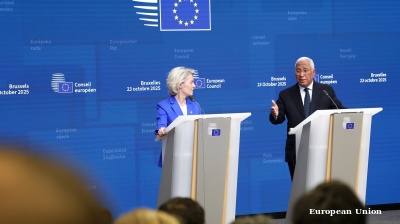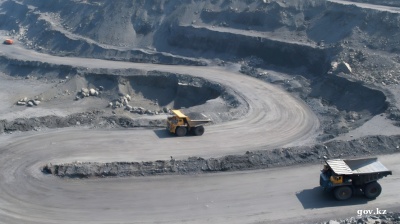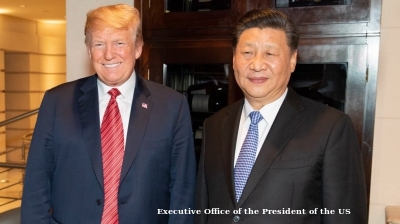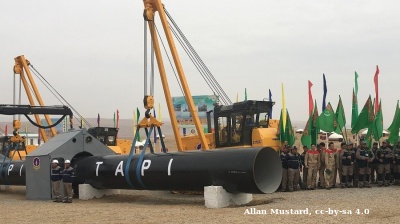Central Asia is developing into a key trade hub despite the region’s lack of access to a seaport, according to a recently released study by the Kazakhstan-based Eurasian Development Bank (EDB).
The report, titled Eurasia’s Transit Framework, shows that the volume of goods transiting the region while moving between eastern and western markets increased by over 70% during the five-year period ending in 2024, exhibiting a steady growth pattern. Four-fifths of that trade volume went through Kazakhstan and Uzbekistan. About 60% of transit cargo traversed the region via rail.
Trade traffic via Turkmenistan has increased significantly over the past five years, while developing transit corridors are largely bypassing Tajikistan, the report also notes.
Central Asia is proving “that lack of access to the sea is not a [death] sentence” for trade,” the EDB report states.
The report examines trade patterns across the Eurasian landmass, identifying the region’s five major trade routes as; Northern, Central, Southern, Traceca and North-South. The EDB report touches only briefly on the US and EU-backed Middle Corridor, which shares much of Traceca’s existing infrastructure.
In 2023, the report states, overall freight volume on the various trade corridors criss-crossing Eurasia exceeded 260mn tonnes, including 3.6mn cargo containers. That marked a three-fold rise in container traffic over the number recorded a decade earlier.
To maintain the steady growth of Central Asia’s trade networks, the EDB report asserts that more than $50bn in investment will be needed over the next decade. The report places heavy emphasis on development of the North-South route connecting Russia to South Asian and Middle Eastern markets via Caspian Basin states. Such a preference for the North-South route is not surprising, given that the EDB was founded in 2006 as a joint development project by Kazakhstan and Russia, with Moscow being the bank’s largest shareholder. At present, the North-South trade corridor is proving to be a vital supply line for Russia, critical to keeping the country’s war effort in Ukraine going.
EDB researchers contend in the report that “the Eurasian transport framework provides insurance for the uninterrupted functioning of global supply chains between major markets,” adding that multimodal, land-based routes can prove cheaper and faster for moving between continents than sea routes.
An EDB database initiative currently tracks over 320 ongoing or planned infrastructure projects covering five different Eurasian trade routes, involving 13 countries. A majority of the tracked projects involve the development of highways. The cumulative cost of the projects exceeds $234bn.
Cargo volume along Central Asia’s three main trade corridors is projected to increase by 1.5 times over the next five years, topping 95mn tonnes, the EDB projects. The multilateral development bank also forecasts container traffic will skyrocket by up to two-thirds over the same period, reaching 1.7mn containers in twenty-foot equivalent units (TEUs).
A key need in the coming years will be the “the development of integrated logistics services,” according to the report, adding that making such improvements could reduce transport costs by upwards of 15%.
“The improvement of soft infrastructure should be based on the implementation of three principles – harmonization, coordination and digitalization,” the report notes. “The transition to digital technologies and transport … can save up to four days of transit time at border crossings for international freight traffic.”
This article first appeared on Eurasianet here.
News
_1761305900.jpg)
Latin America edges up growth forecasts but remains trapped in low gear, ECLAC says
Latin America and the Caribbean will expand 2.4% this year, the Economic Commission for Latin America and the Caribbean said, marking the second upward revision since April but pointing to the region's struggle to escape chronically weak growth.

Palestinian ambassador pledges Iraqi embassy in Jerusalem
Palestinian ambassador pledges to open Iraqi embassy in Jerusalem as Iraq lays foundation stone for Palestinian ambassador's residence in Baghdad's new diplomatic quarter covering 300 hectares.

EU pledges ongoing support for Ukraine, defers decision on Russian assets
European Union leaders pledged continued financial backing for Ukraine over the next two years, but delayed a decision on tapping billions of euros in frozen Russian assets to fund Kyiv’s defence

Trump Administration striving to strike critical minerals deal with Kazakhstan
Pushing for US firm to win rights to develop major tungsten deposits.



